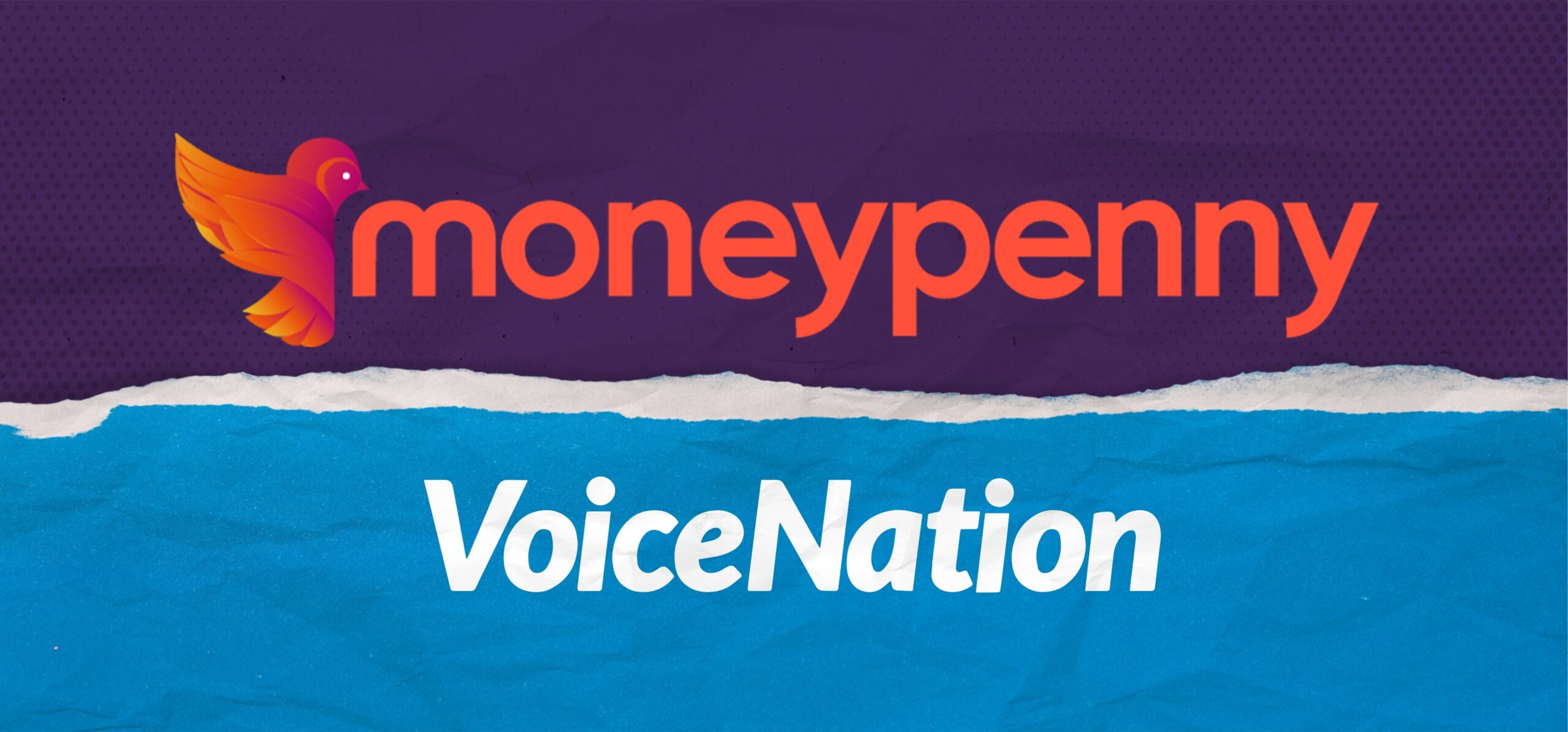Our latest research from The State of Lead Management 2025 reveals that 43% of marketers struggle to gather enough information to properly qualify leads. Without a systematic approach to scoring and prioritizing these potential customers, valuable opportunities slip through the cracks while resources are wasted on low-potential prospects.
That’s where a robust lead scoring system makes all the difference. Let’s walk through a practical, step-by-step approach to building one for your business.
Step 1: Align sales and marketing on what makes a qualified lead
To build an effective scoring model, it’s important to bring together your sales and marketing teams first. They need to agree on what a qualified lead looks like for your business. This teamwork is essential; without it, even the best scoring system won’t work properly.
Here are some of the important questions to answer together:
- What behaviors usually show that someone wants to buy?
- Which types of industries or sizes of companies tend to have higher conversion rates?
- What budget amount suggests that a prospect is serious about buying?
- Which job titles are responsible for making purchasing decisions?
- What timeline suggests that a prospect is ready to make a purchase?
The goal is to come up with a common understanding of what a qualified lead is, one that both teams agree on.
Step 2: Identify your scoring categories
Lead scoring assigns points in various categories. From our research and experience, we suggest concentrating on these four important areas:
- Demographic information (who they are)
- Industry/sector alignment with your target market
- Company size/annual revenue
- Geographic location
- Number of employees
- Firmographic details (company characteristics)
- Technology stack compatibility
- Growth trajectory
- Current supporting solutions
- Competitive products in use
- Behavioral signals (what they do)
- Website pages visited (especially pricing, product specs)
- Content downloaded
- Webinar attendance
- Email engagement (opens, clicks)
- Form submissions
- Time spent on site
- Engagement timing (when they act)
- Recency of interactions
- Frequency of website visits
- Response to outreach
- Seasonal patterns
Step 3: Assign point values to each criterion
Now it’s time to do some math by giving point values to each criterion. Make sure this isn’t random; try to use past data to guide your scoring whenever you can.
Begin with a scale of 100 points, spreading the points across your categories. For instance:
- Demographic fit: 0–25 points
- Firmographic match: 0–20 points
- Behavioral signals: 0–40 points
- Engagement timing: 0–15 points
In each category, set specific point values for the individual criteria. For example:
Behavioral signals
- Visited pricing page: 10 points
- Downloaded buyer’s guide: 8 points
- Attended product webinar: 7 points
- Opened email: 1 point
- Clicked email link: 3 points
- Filled contact form: 15 points
Don’t worry about getting this perfect immediately. Your lead scoring system will evolve over time as you gather more data and insights.
Step 4: Implement negative scoring
Not every signal is a good one. Some actions or characteristics can indicate that a lead may not be suitable for conversion. By applying negative scoring, you can eliminate leads that don’t match well.
Examples of factors for negative scoring:
- Email domain from a competitor: –10 points
- Job title shows they are not a decision-maker: –5 points
- Unsubscribed from emails: –8 points
- Company size is not within the target range: –7 points
Step 5: Establish your threshold scores
Now that you have your scoring system ready, it’s time to decide the score limits that will trigger different actions:
- Marketing Qualified Lead (MQL): Usually 50–60 points out of 100
- Sales Qualified Lead (SQL): Typically 70 points or more
- Hot Lead: 85+ points, needing immediate follow-up
Make sure these score limits match your team’s capacity. If your sales team is small, you might want to raise the SQL threshold to prioritize only the highest-quality leads.
Step 6: Integrate with your CRM and marketing automation
A scoring system works best when it’s part of your day-to-day activities. Many CRMs and automation tools have lead scoring features.
Our research shows the most popular platforms include:
- Salesforce (42%)
- HubSpot (28%)
- Marketo (26%)
Make sure your system:
- Updates scores instantly as leads engage
- Sends alerts when leads reach key thresholds
- Allows sales teams to provide feedback
- Works with your existing communication stack
Step 7: Test, measure, and refine
Your first model is just the beginning. Review and adjust based on real outcomes.
Hold quarterly check-ins between marketing and sales to review:
- Conversion rates by score range
- Accuracy of score-based predictions
- Sales feedback on lead quality
- Trends of false positives or false negatives
Step 8: Evolve your model with predictive scoring
As your dataset grows, consider adding predictive scoring. AI tools can analyze historical conversion data to identify subtle patterns missed by manual systems.
According to our playbook, one bright spot in 2025 is the use of AI in lead scoring. When used well, it helps pinpoint leads more accurately and quickly by spotting behaviors linked to future conversions.
The business case for lead scoring
Implementing a strong lead scoring model pays off:
- Shorter sales cycles by focusing reps on ready-to-buy leads
- Higher close rates through better targeting
- Improved alignment between sales and marketing
- Lower cost per acquisition
By adopting structured scoring, businesses can overcome one of the biggest challenges in lead management: qualifying and prioritizing effectively in today’s complex buying landscape.
Introducing Moneypenny
Want to learn more about improving your lead management process? Chat with the Moneypenny team at 866 766 5050 or download the full State of Lead Management 2025 playbook for insights that help turn more inquiries into customers.
Moneypenny’s Lead Management Service is available with our Personalized plan.



















